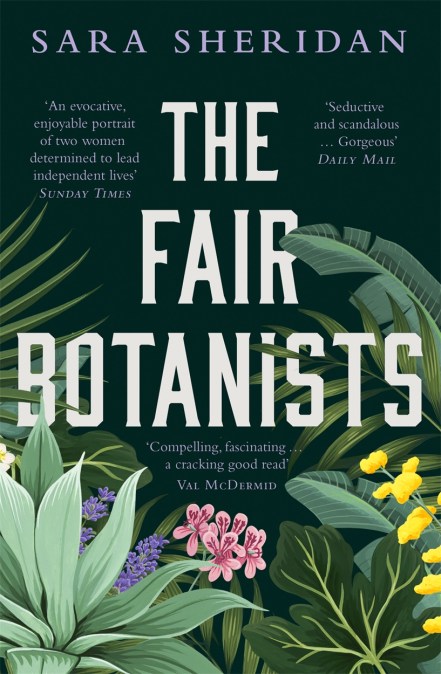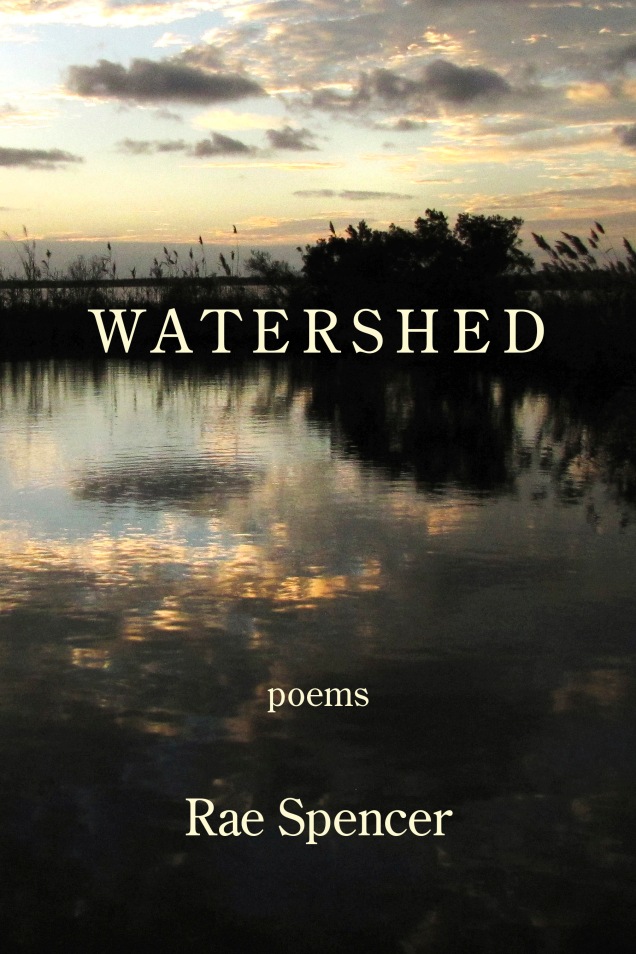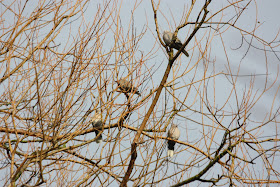
Subtitled When Nature Breaks the Law, this is a fascinating, informative look at human - animal conflict and how we deal with it. The book travels the world, from India to the US, from the Vatican State to New Zealand. We are shown wild animals that kill people, animals that steal food from garbage, and non-native invasive species that prey on or out-compete endangered species. The author looks at methods of birth control for problematic species; ways to allow farmers to minimise the damage done to crops by wild animals and methods of raising awareness of wild animals amongst the general population.
The author spends time with law enforcement agencies, conservation organisations, and others to gain insights into the shady world of animals who behave badly (and of course the bad behaviour is defined in human terms, most animals are just doing what they need to survive).
In the chapter on animals that kill, we find out that just because a human corpse shows signs of having been attacked by a bear, doesn't mean that the bear killed the human, there are documented cases of people having died by overdose or other non-animal related ways and then a bear just comes along to eat the body. On the other hand, of course, there are documented cases of people having been accused of murders that have then been shown to have been deaths due to animal attacks.
If humans habitually disposed of rubbish properly, then animals (from gulls to foxes to bears) become much less likely to associate human settlement with free food and are less likely to become problem animals. Bears that have easy access to human foods are shown to hibernate for shorter periods and have a higher rate of reproduction, thus making more problem bears that hang around for a longer part of the year.We also need to become more accepting of natural animal behaviour: "Let's take the example of Canada geese on golf courses. What is their crime? Befouling the turf.... For this, should we be allowed to call someone in to round them up and gas them?"
The narrative is amply peppered with entertaining anecdotes such as the bear that removed a door and placed it gently against the wall before wandering into the house, monkeys in Indian temples who have learned to steal and the return the stolen items in exchange for food, and "a macaque that got into the All Indian Institute of Medical Sciences and took to pulling IV needles out of patients arms and sucking the glucose"
Another interesting insight from this book is how much of wildlife research in the US has been focussed on reducing wildlife's negative impacts on agriculture, rather than actually conserving wildlife. For example, we are given details of The National Wildlife Research Centre's work in how to reduce the amount of sunflower seeds being lost to birds. The National Sunflower Association presses for birds to be poisoned and "in 2018 USDA Wildlife Services destroyed 516,000 red winged blackbirds, 203,000 grackles and 408,000 cowbirds." Which is shocking, particularly when you consider that: "birds provide significant pest and weed control services to the farmer".
Over in New Zealand, introduced animals from stoats to possums to domestic cats threaten many of the island's unique birds, many of which are flightless, including the yellow winged penguin. The book examines what caused the problem in the first place and looks at whether it is possible to manage the predators in a way that is genuinely humane. Genetic manipulation is one method, which is discussed here in some detail, including the ethical dilemmas it poses.
It's not just about animals, though. A chapter is dedicated to plants, from poisonous beans to dangerous trees that can kill a person if they fall. The best way to deal with the latter being to make the tree safe while allowing as much of it as possible to remain as valuable wildlife habitat.
Roach obviously does her research very well and is very firmly on the side of the animals, even while offering balanced arguments all the way through. The book is always interesting (though the chapter on lethal methods of dealing with pests was too long for me, with too much information on poisons and types of gun). However, I found her sense of humour was generally irritating rather than funny, though many people find her writing very entertaining.
Fuzz, When Nature Breaks the Law by Mary Roach published (2021) by W W Norton













































